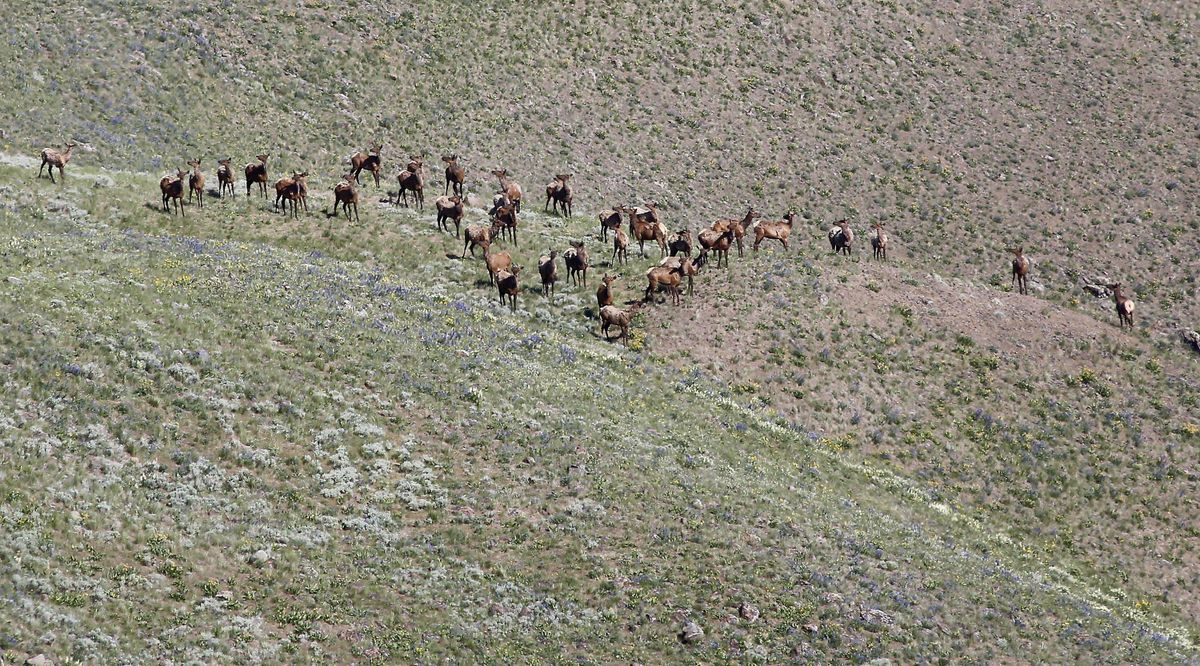Report: Wolf population increase not hurting deer numbers

The growing population of wolves in eastern Washington state does not appear to be hurting the populations of deer, elk, moose and bighorn sheep, according to a report issued this week by the state Department of Fish and Wildlife.
The agency in 2015-17 studied the populations of those animals, known as ungulates, that are hunted by wolves and found that none “in this assessment appear to show clear signs of being limited by predation,” the report concluded.
Gray wolves were hunted to extinction in Washington in the early 20th century. But the animals started migrating into the state in the early 2000s from Idaho and Canada. The first wolf pack was documented by the department in 2008.
At the end of 2016, the state estimated there were a minimum of 115 wolves, 20 packs and 10 successful breeding pairs in the state. All of the documented wolf packs are east of the Cascade Range.
There have been numerous conflicts between wolves and livestock in recent years, and the state has killed 18 problem wolves since 2012, drawing sharp criticism from environmental groups.
Wolves are listed as endangered by the state in the eastern third of Washington and have federal endangered species protection in the western two-thirds of the state.
The study used population estimates obtained from aerial surveys, plus the number of ungulates harvested by hunters, the agency said. State officials have also launched a more comprehensive, multi-year study of the impact of wolves on ungulates.
The agency defined an at-risk ungulate population as one that falls 25 percent below its population objective for two consecutive years, or one in which the harvest decreases by 25 percent below the 10-year average harvest rate for two consecutive years.
The report showed that initial fears that wolves would wipe out wild ungulates were unfounded, said Amaroq Weiss, who works on wolf recovery issues for the Center for Biological Diversity, a Tucson, Arizona-based nonprofit group that focuses on protecting endangered species.
“Any hue and cry over negative predation impacts on elk herds in Washington with the return of wolves to the state is without merit,” she said. “The majority of mortality to elk in the state is human-caused.”
Sarah Ryan, executive vice president of the Washington Cattlemen’s Association, said ranchers support healthy populations of wild animals for wolves to hunt, she said.
“We need a robust population of ungulates so wolves will have something to snack on beyond cattle,” Ryan said, adding that she has not seen the study.
Washington state’s ungulate populations also include mountain goats and pronghorn, but they don’t usually live where the state’s wolves hunt.